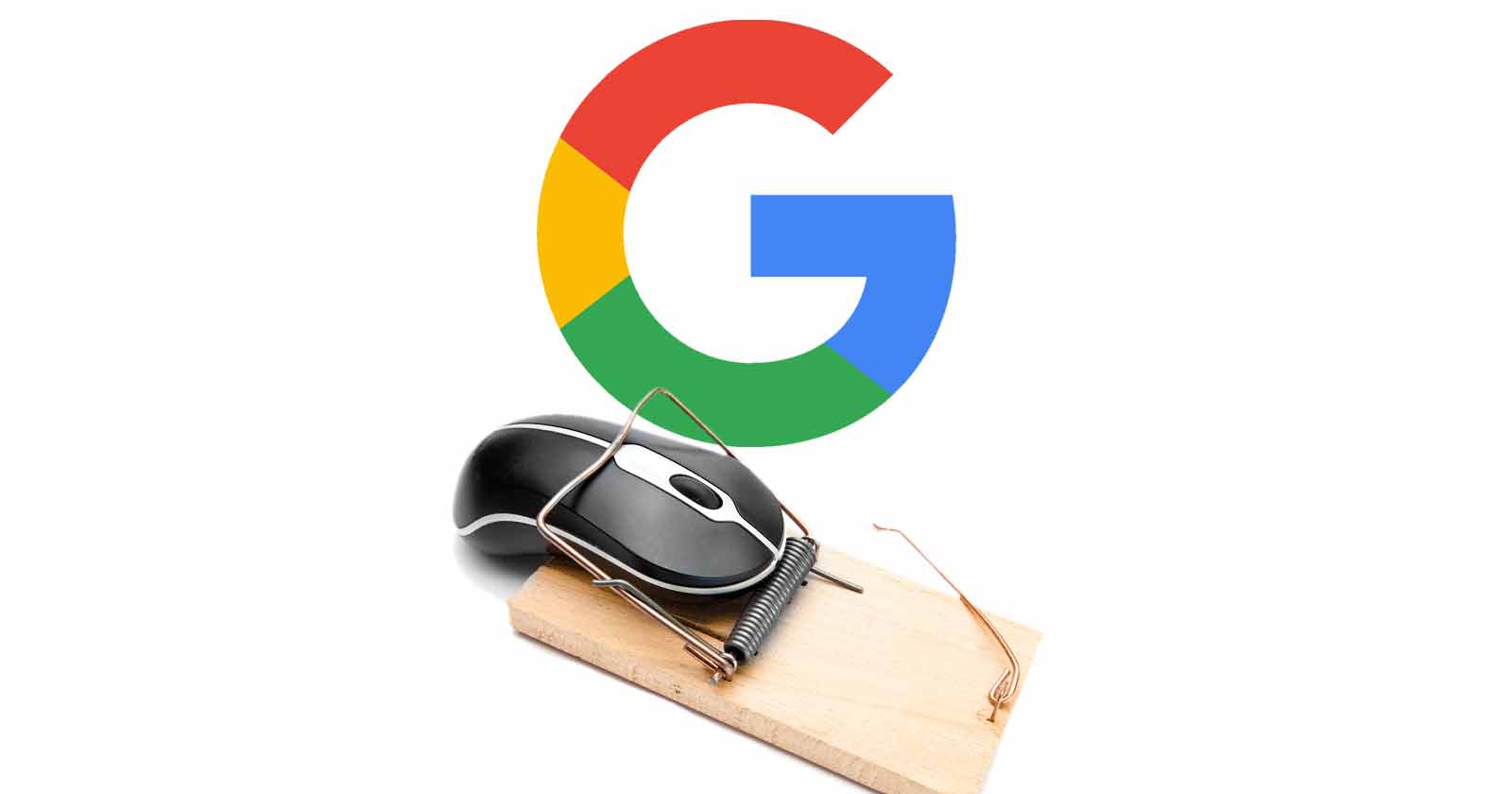Google published a blog post (and a video) with a guideline statement meant to discourage using the Web Stories format for the purpose of traffic acquisition.
The article and the video note that there are growing amount of articles recommending the use of Web Stories as a teaser, a way to encourage visitors to click through and visit the website.
The video notes:
“One set of advice that might seem pragmatic at first but will almost certainly backfire. By just building teaser web stories as a pure traffic acquisition channel.”
And the article states:
“…one particular thing we’ve seen folks try out is teaser content: Web Stories that are essentially advertisements for some other content…”
Web Story Teasers Are a Poor User Experience
According to Google, this use of the Web Stories format presents a poor user experience. Google relates that they have received negative user feedback about Web Stories that are used as doorways to other content, like articles or videos.
Advertisement
Continue Reading Below
The reason users don’t like it is because it takes an additional click to view the content they expect to see.
It is suggested that the reason publishers use teaser content is to monetize their websites. Google answers that because Web Stories can be monetized there’s no need to trick a user into visiting a website in order to show them advertising.
The way to do it is with In Between Page Ads. An announcement in December 2020 shows how easy it is to insert advertising into web stories.
Screenshot of Instructions for Monetizing Web Stories
Google Will Not Rank Low Quality Teaser Web Stories
Google announced that quality is a ranking signal for whether the web stories will show in Google Search or Discover. Accordingly, Google will try to not show low quality web stories teasers.
Advertisement
Continue Reading Below
This is how it is explained:
“A critical ranking signal at Google is the quality of your content. And a one- or two-page teaser for your blog post doesn’t tell a satisfying story to a reader, so Google will do its very best to not show these to users.”
What that means is to avoid publishing web stories that promise users a specific content, not delivering on the promise and forcing users to click to the full site to complete their content journey.
Google uses the example of a top ten list that stops at number 3, showing photos instead of a promised recipe.
Web Stories are Standalone
Google said it’s fine to link to the main site from a web story as long as the story delivers the content the user expects.
For example, a web story that promises a recipe should communicate all the ingredients and instructions for that recipe plus a link to web page with more content about the recipe is fine.
But Google also emphasized that web stories should be considered standalone content, not doorways to lure site visitors to the main site.
Citations
Read the Official Google Announcement
How to Monetize Web Stories
Google Launches Programmatic Ads for Web Stories
Watch the Video
Stories, not teasers!


